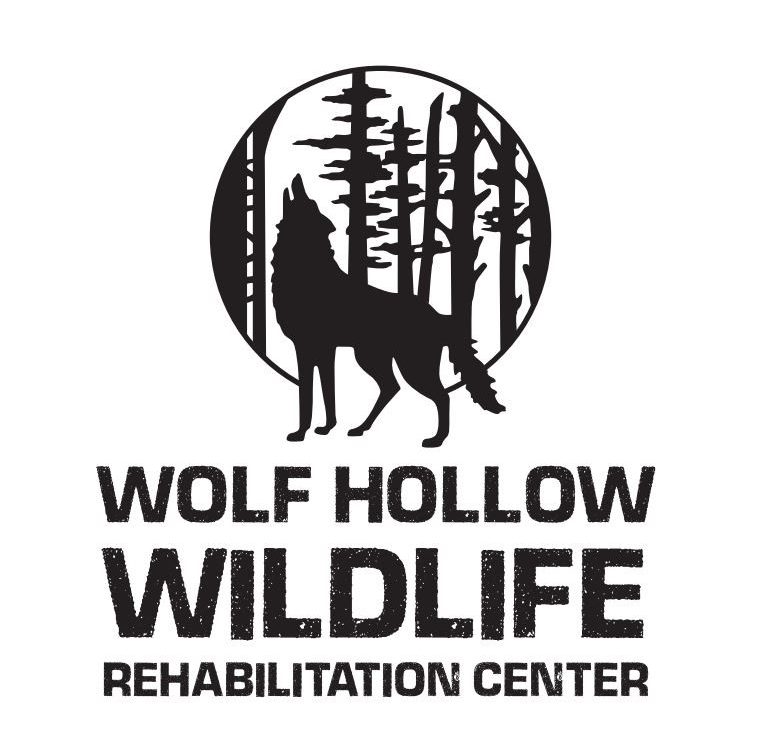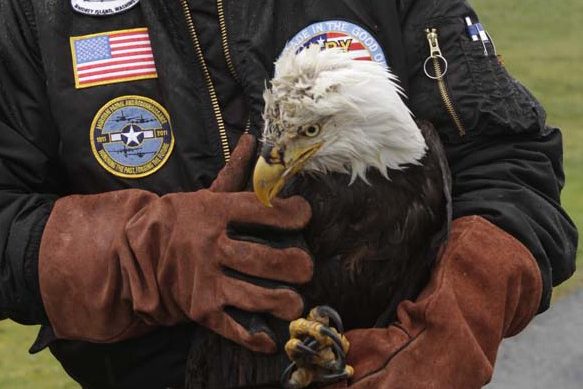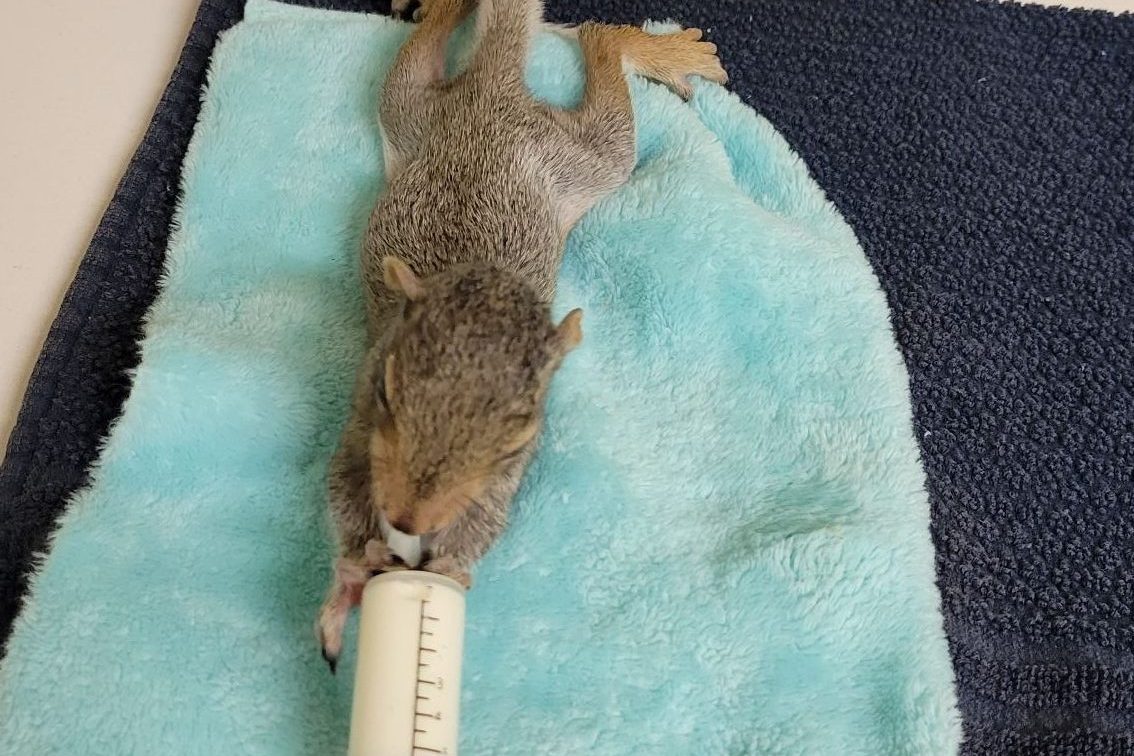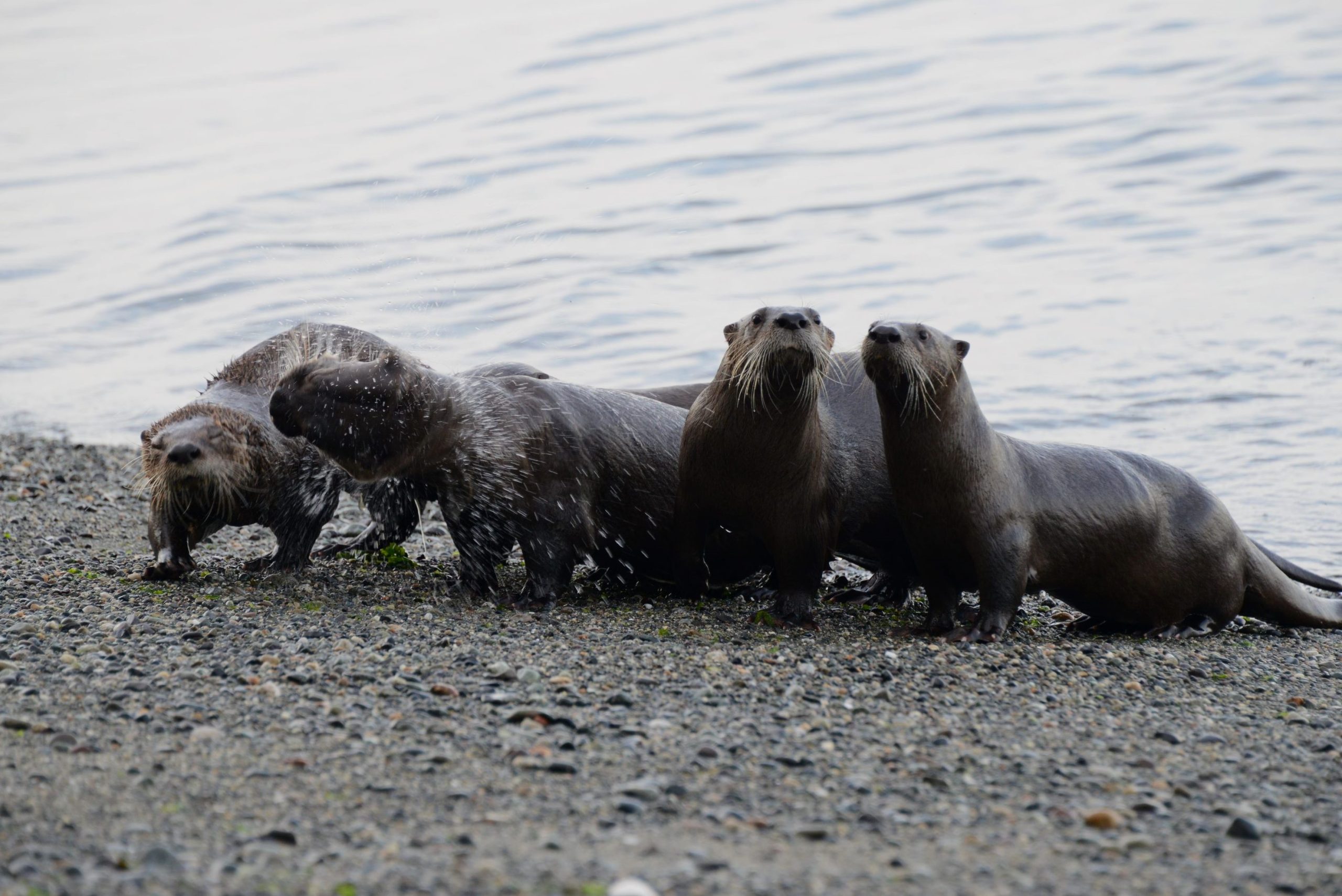Rehabilitation
The aim of wildlife rehabilitation is to care for injured, orphaned, or sick native wild animals and release them back into the wild. There are three main stages of rehabilitation:
(1) Rescue
If you find a wild animal which you think needs care, please call (360) 378-5000. We will walk-through advice on what to do, and if necessary, how to get the animal to us. In some cases where the animal is badly hurt or difficult to handle, we will try to send a trained person out to help.
(2) Treatment & Care
When an animal reaches Wolf Hollow it is carefully examined to determine what the problem is and what treatment is required. Some patients are relatively healthy youngsters that have been orphaned or separated from their parents. These animals need the correct diet and care until they are old enough, and have the necessary skills to survive on their own.
Other patients are adult animals that are sick or have injuries such as a broken leg or wing, head trauma, or wounds. Many are very weak and thin and they are often suffering from severe infections. Their initial treatment may include medication, dressing wounds, or occasionally surgery.
All need good supportive care (feeding, housing, exercise, etc.) until they have fully recovered. Very young or badly injured animals may need care for several months, while others stay for only a few days. During their stay at Wolf Hollow, we try to prevent the animals from becoming habituated to people, because we want them to have the best chance of survival when they are released back to the wild.
(3) Release
When an animal has fully recovered, or is old enough to care for itself, it is released back into its natural habitat. If it is to survive, each animal must be behaviorally as well as physically ready for release—i.e., it must be able to find its natural foods, know how to behave with others of its kind, and be wary of people. An important part of our job is to KEEP THEM WILD.



